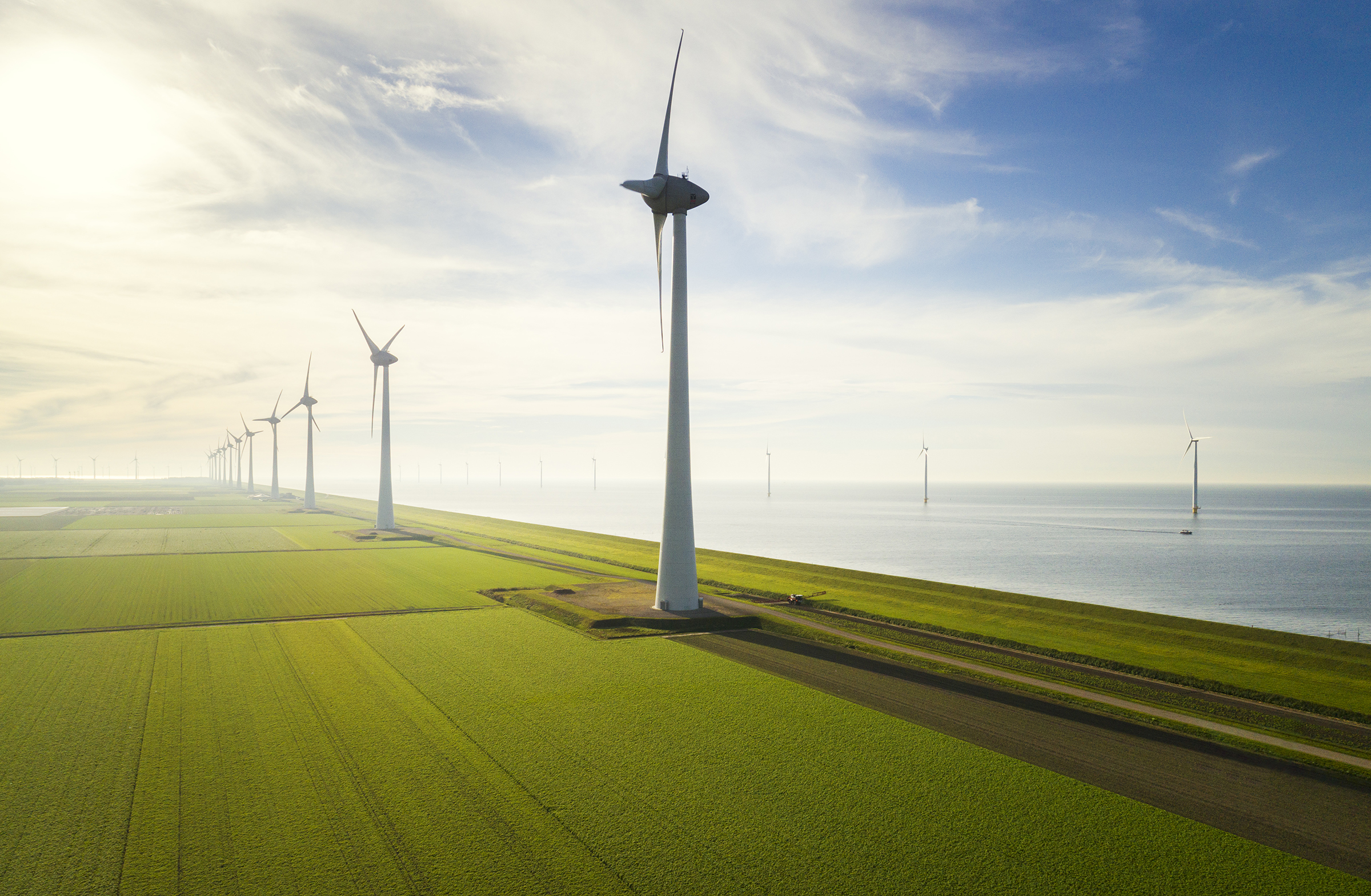Where Your Steel Comes From and Why it Matters
![]() Continuing Education
Continuing Education
Use the following learning objectives to focus your study while reading this month’s Continuing Education article.
Learning Objectives - After reading this article, you will be able to:
- Illustrate the steelmaking process and how electric arc furnace technology utilizes scrap metal to make steel the most highly recycled material on the planet.
- Discuss the environmental impacts associated with how steel is made globally and domestically and how employing procurement strategies can effectively achieve sustainability goals.
- Describe how carbon documentation, environmental product declarations and life cycle assessments can be tools that help evaluate and influence project designs.
- Demonstrate how innovative products such as high strength and net zero carbon steel can further reduce the global warming potential in the design phase of project exploration.
If you are like most in the AEC community, you understand the “nuts and bolts” of steel design and construction. But have you considered how your structural steel is made? Though typically overlooked, where and how steel your structural steel is produced can have a profound impact on your project’s cost, schedule, and sustainability story.
This webinar explores the way steel is being sustainably produced right here in the United States, and why a domestic supply chain is so important for minimizing project risks and achieving optimal positive project outcomes. You won’t look at steel the same way ever again!


|
Kim Olson, PE, is a structural engineer with over 20 years’ experience. She recently joined Nucor’s Construction Solutions team after being the HSS Consulting Engineer for the Steel Tube Institute. Prior to joining STI, Kim was a Structural Engineer at FORSE Consulting where she offered support services to architects and engineers as well as consulting services to STI. At Martin/Martin, Inc (Denver, CO), Kim was a practicing engineer for seven years. She managed and designed an impressive variety of structures, from research labs and sporting grandstands to recreation centers and schools. Kim is a licensed professional engineer (PE) and a member of the NASCC Planning Committee, AWS D1.1 TG7 Tubular Committee, AISC TC 10, AISC’s Committee on Manuals and a Director for the Structural Engineers Association of Colorado. |
